e-Book: The Customer Demand for Artificial Intelligence
An in-depth discussion on the future of artificial intelligence and its use in society.
An in-depth discussion on the future of artificial intelligence and its use in society.
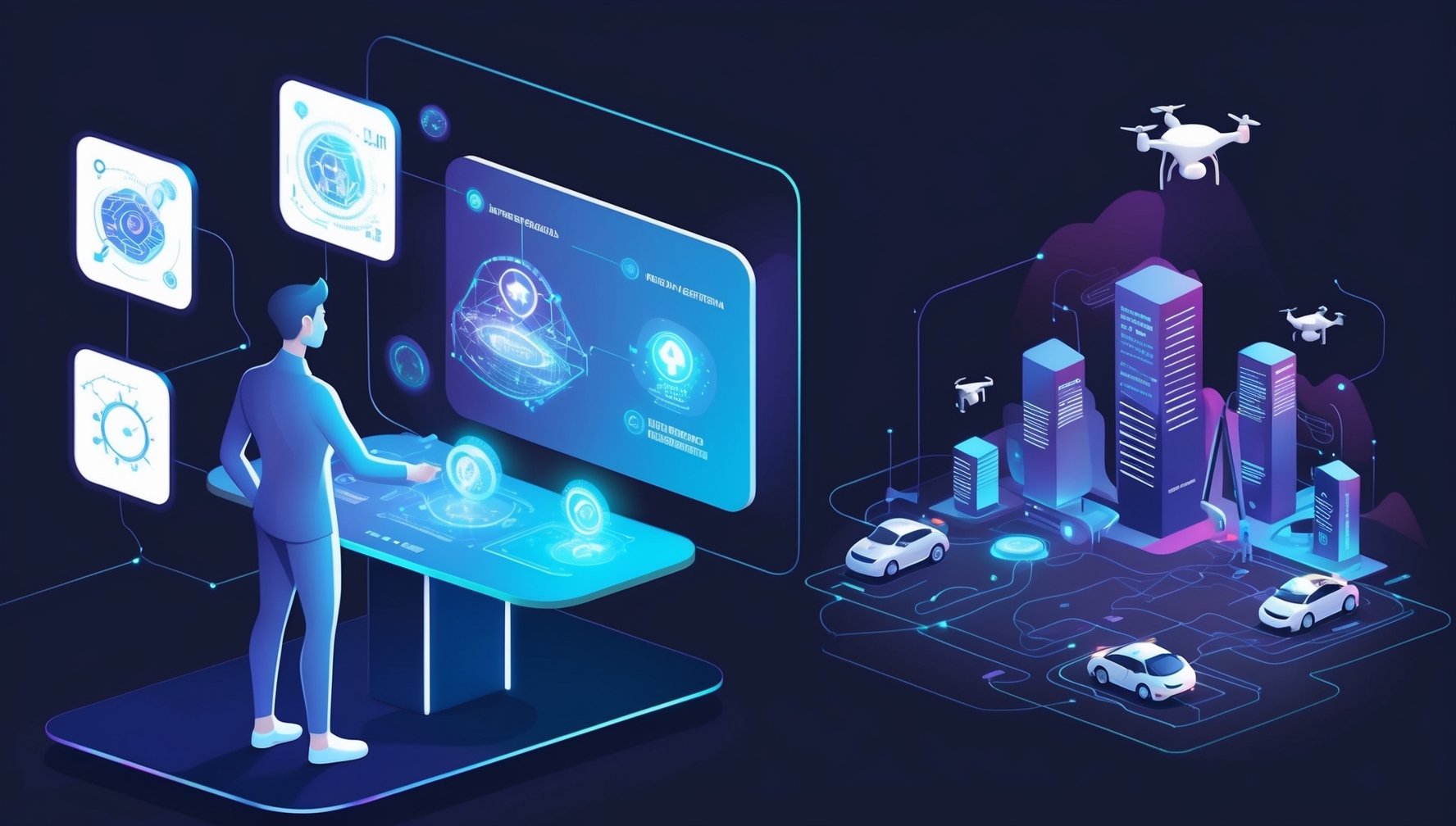
An expert practitioner perspective on the value of artificial intelligence to the enterprise.
This primer introduces artificial intelligence with a view to its application to business. Excellent Discussion for the CIO! (50+ pages)
This guide is written for executives to understand the basics of Artificial Intelligence so they can use it to create business value. Good Read!
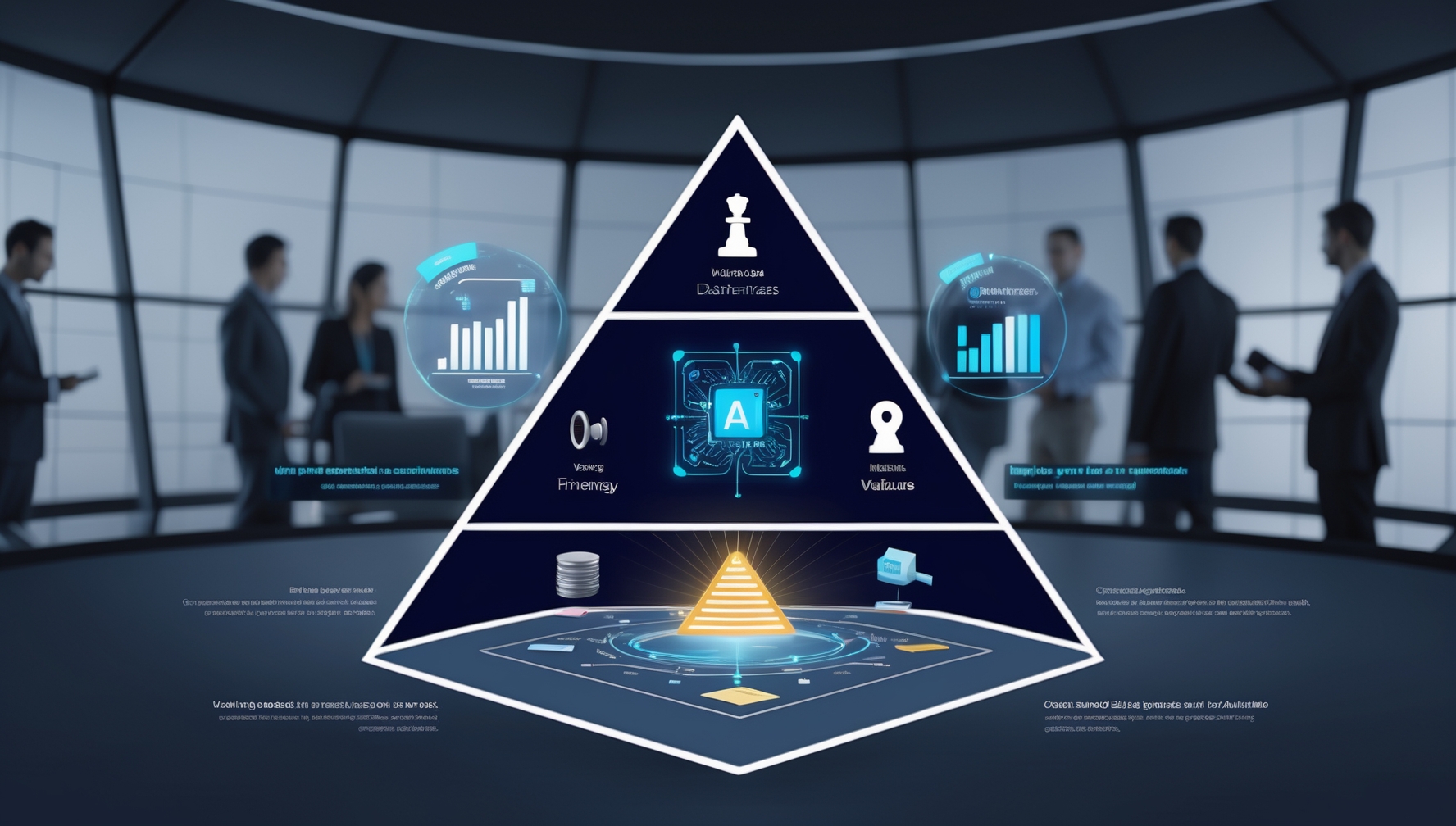
This AI overview delivers a curated synthesis of enterprise adoption trends, strategic insights, and real-world use cases. Learn how AI enhances decision-making, drives measurable outcomes, and reshapes business processes. Ideal for CIOs and technology leaders planning AI strategy. Excellent Read! (100 pages)
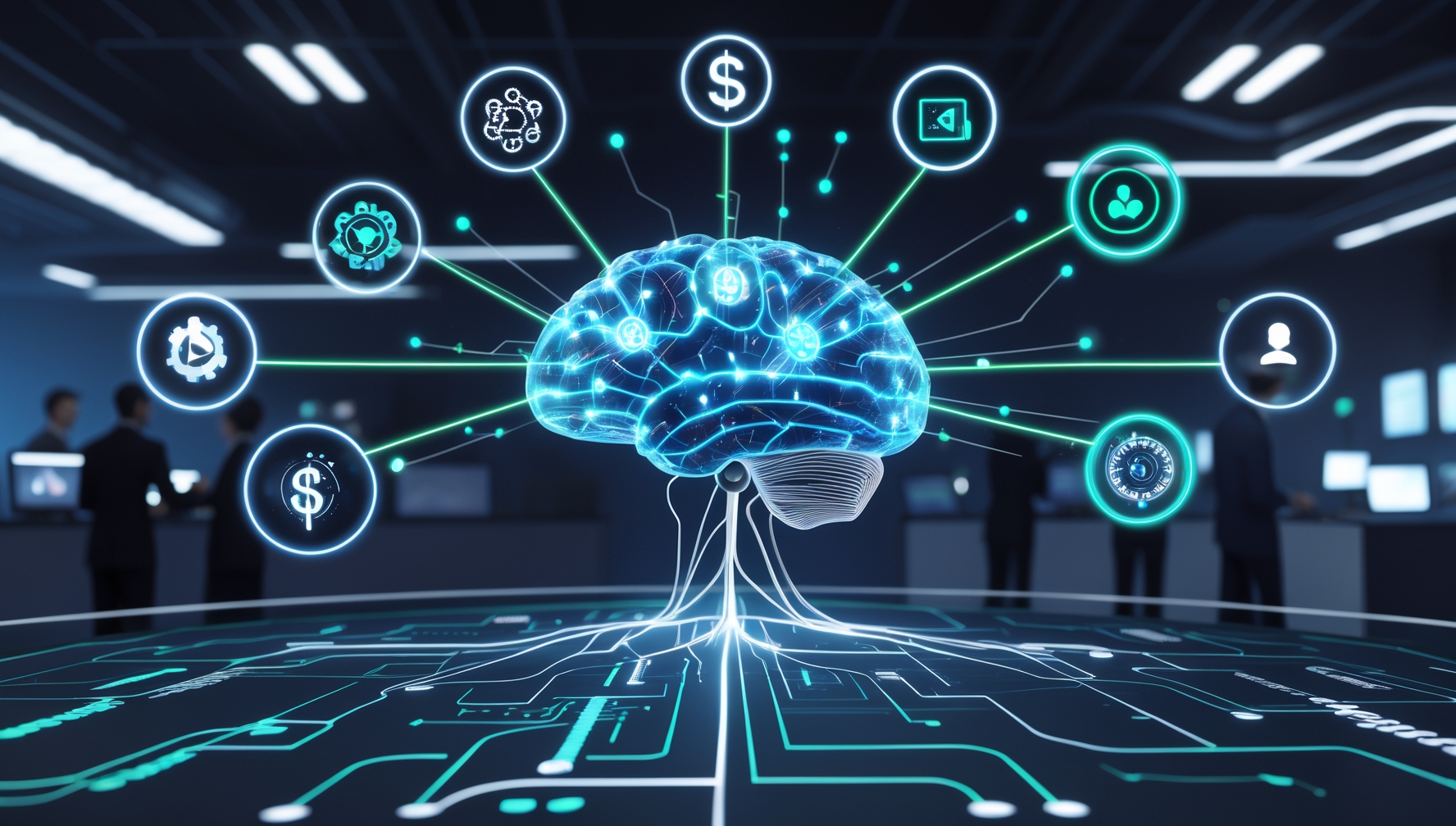
This comprehensive analysis delves into the organizational impact of artificial intelligence, highlighting how AI enhances efficiencies, drives innovation, and reshapes workforce dynamics. Gain insights from global surveys, discover strategic recommendations, and explore industry-specific examples of AI integration.
This research explores the use of artificial intelligence to create business value for the enterprise. Excellent Read!
This report discusses the use of artificial intelligence technology in identifying, selecting, and engaging job applicants. Excellent discussion on AI and its use to solve a business problem.
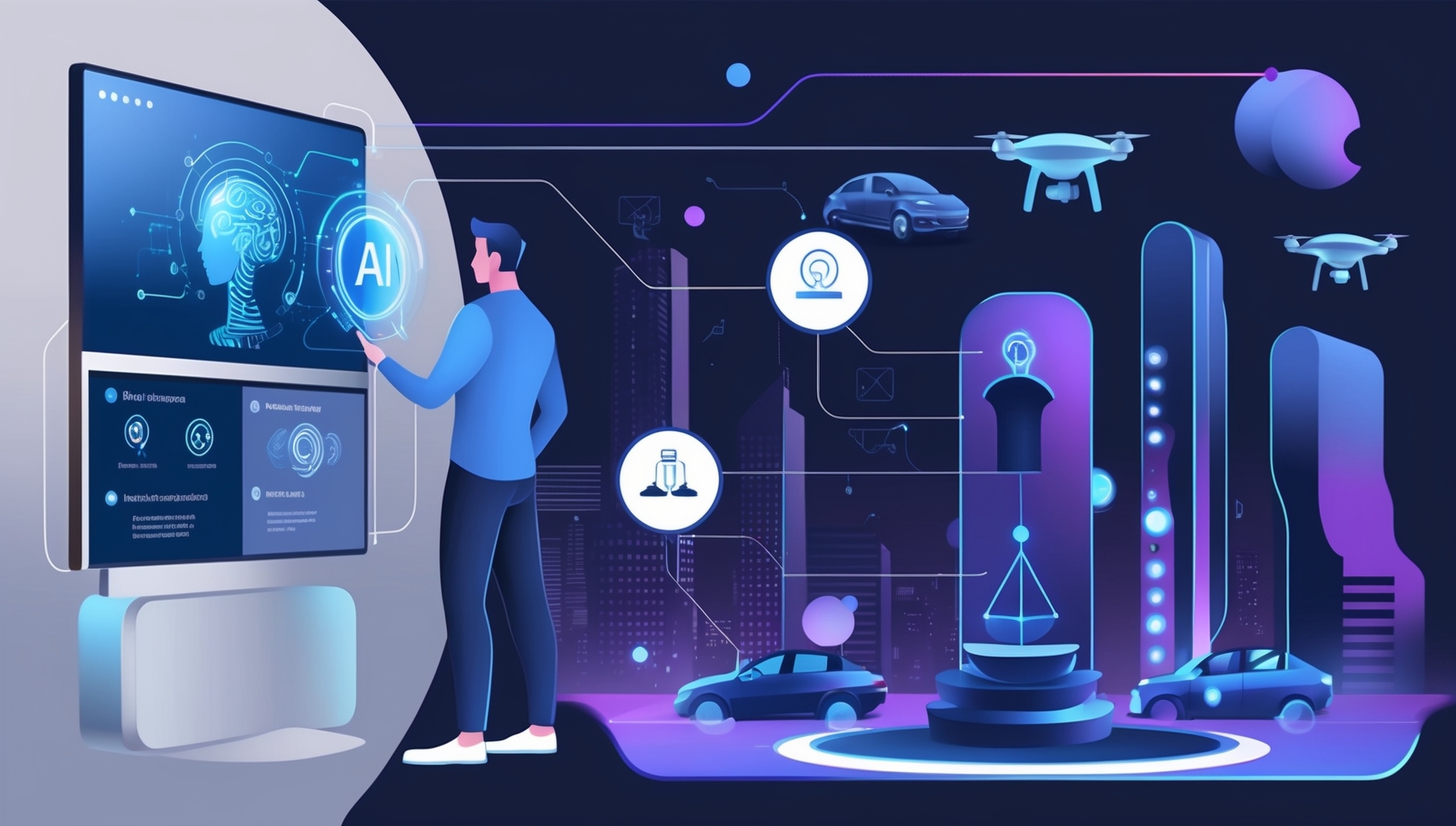
This overview of artificial intelligence examines its foundational technologies, such as machine learning and deep learning, while addressing its growing role in society. Covering topics from AI’s practical applications to its ethical implications, this resource provides insights into the future of AI in industries like healthcare, transportation, and defense, offering guidance on how to navigate the potential risks and rewards of this transformative technology.
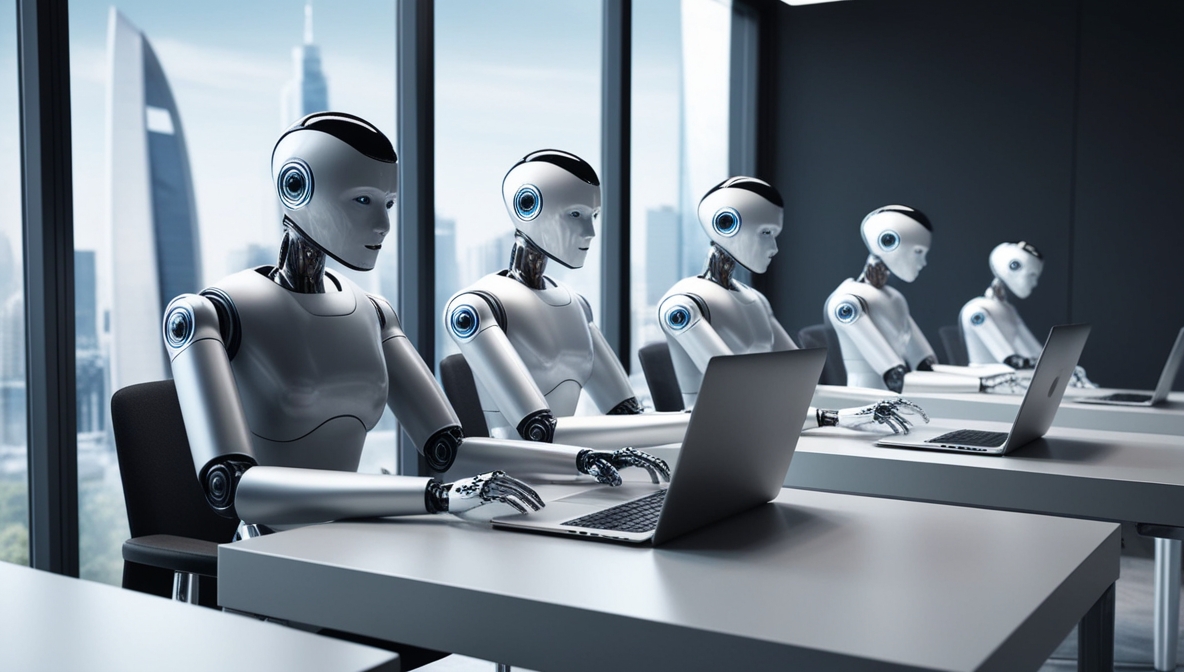
This e-book discusses the impact of artificial intelligence on the labor force – what is changing? why is it changing? how will it impact worker? how should we adapt? It examines the profound impact of artificial intelligence and robotics on the workplace. It provides a detailed exploration of how AI-driven technologies are reshaping job structures, employment relationships, and legal frameworks. The analysis also discusses the necessary adaptations in education systems and the emergence of new job roles.